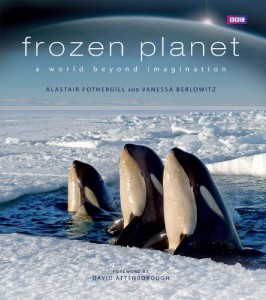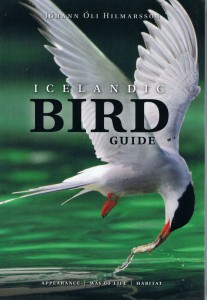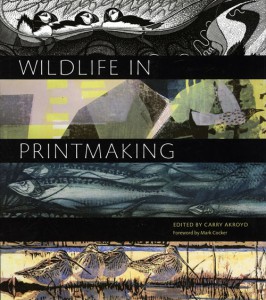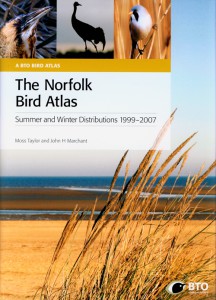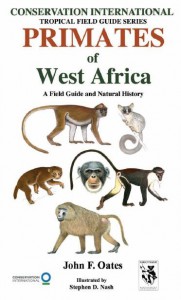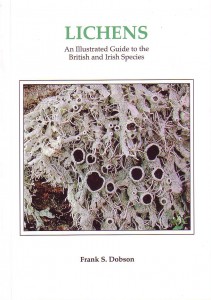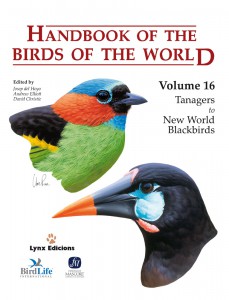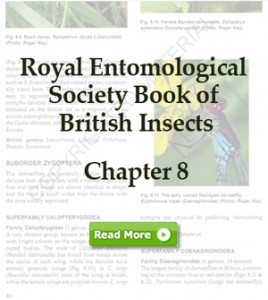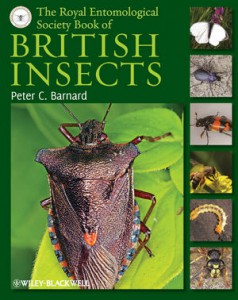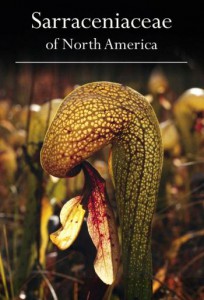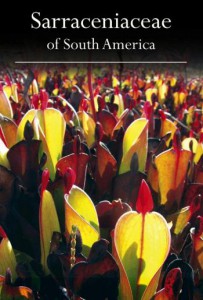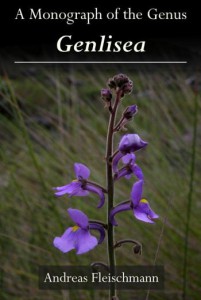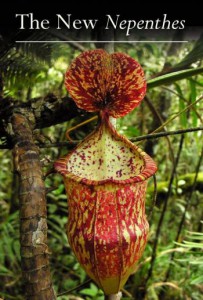Continuing our selection of the very best titles available through NHBS:
Frozen Planet: A World Beyond Imagination
Alastair Fothergill and Vanessa Berlowitz
The book that accompanies the latest extraordinary series from the BBC Natural History Unit, currently showing on BBC One on Wednesday evenings.
Why?
Roughly following the episode format of the series, Frozen Planet depicts the spectacular polar worlds and the unique lives of the animals that live in them. As series presenter David Attenborough says in his foreword, the pictures and film produced during the three-year process of creating the series “record, in their full splendour, these astonishing wonderlands that have existed for hundreds of thousands of years before humans reached them.”
Once again the insight and dramatic visual impact of these painstakingly crafted documentaries is invaluable in bringing environmental concerns to the forefront of people’s minds, while being a testament to the beauty and diversity of life on Earth and, of course, the state of modern cinematographic technology.
The book is replete with stunning photography and includes some of the sequences from the films, and the accompanying narrative brings to life not only the animals and their habitats but also the fascinating stories behind the making of the series.
Who?
Alastair Fothergill was the executive producer of the BBC series, Frozen Planet. He studied zoology at the University of Durham, joined the BBC Natural History Unit in 1983 and was appointed head of the unit in 1992. Alastair is the author of four books.
Vanessa Berlowitz was the series producer. She studied human sciences at the University of Oxford, where she took up photography and made her first films. She joined the BBC Natural History Unit in 1991 and went on to become a multiple award-winning director and producer. She has also contributed to a number of books and written on wildlife and conservation for magazines.

